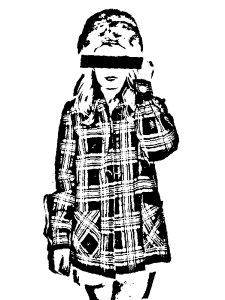The struggle for industrial and economic domination takes on new frontiers and tactics. The outsourcing of industrial investments has long crippled the economies of NATO members, reducing their spending on defense. The offshoring of production has over the last decades effectively supported our adversaries with industrial capabilities, and they now wage high-impact trade wars against their former masters. Especially the rise of Chinese industry has long been an issue for the geopolitical developments of US power projection. The more production that goes overseas, the more we develop and support our adversaries, effectively feeding the hand that bites us.
The “reshoring” of economic activities has become a key strategic factor for US and NATO policy, but as reported by DoD, this may not be enough. New “soft” strategies within NATO have recently been seeking the active undermining of production overseas, introducing such overarching strategy under the cultural label of “sustainability.” The “sustainability” strategy is as effective as it is transparent: by blaming our adversaries for producing our cheap goods in a way that causes pollution the US tries to undermine the economic progress of adversaries while boosting the US economy with “sustainable services,” such as “repair” and “craft.” As usual, the offensive is primarily outsourced to social practice artists operating under the umbrella of soft US power, such as “socially engaged” practices.
Taking the cue from the old straightforward war efforts on craft, such as the famous WWII home-front operations “make do and mend” and “knit your bit,” the aim is to mobilize craft under the total war effort. The strategy has recently been re-developed across NATO countries in recent years, and with the explicit aim of undermining the consumer economy which our adversaries are dependent on.
Examples range from Dutch art institutions promoting projects on Repair, to UK councils supporting research on mending explicitly for weaponized “post-growth” offensives on overseas power projections. In the US, DARPA sponsored Make Magazine has long promoted an explicitly politicized “Bill of Rights” with the “right” to oppose the industrial advantage of our enemies. Make Magazine has also long supported iFixit, with their explicit anti-consumerism aimed at Chinese tech-industries. Like many battle-cries across the ages, the language often takes on a very hostile tone, making sure the call for action in phrased as a “manifesto.”



Recent Comments